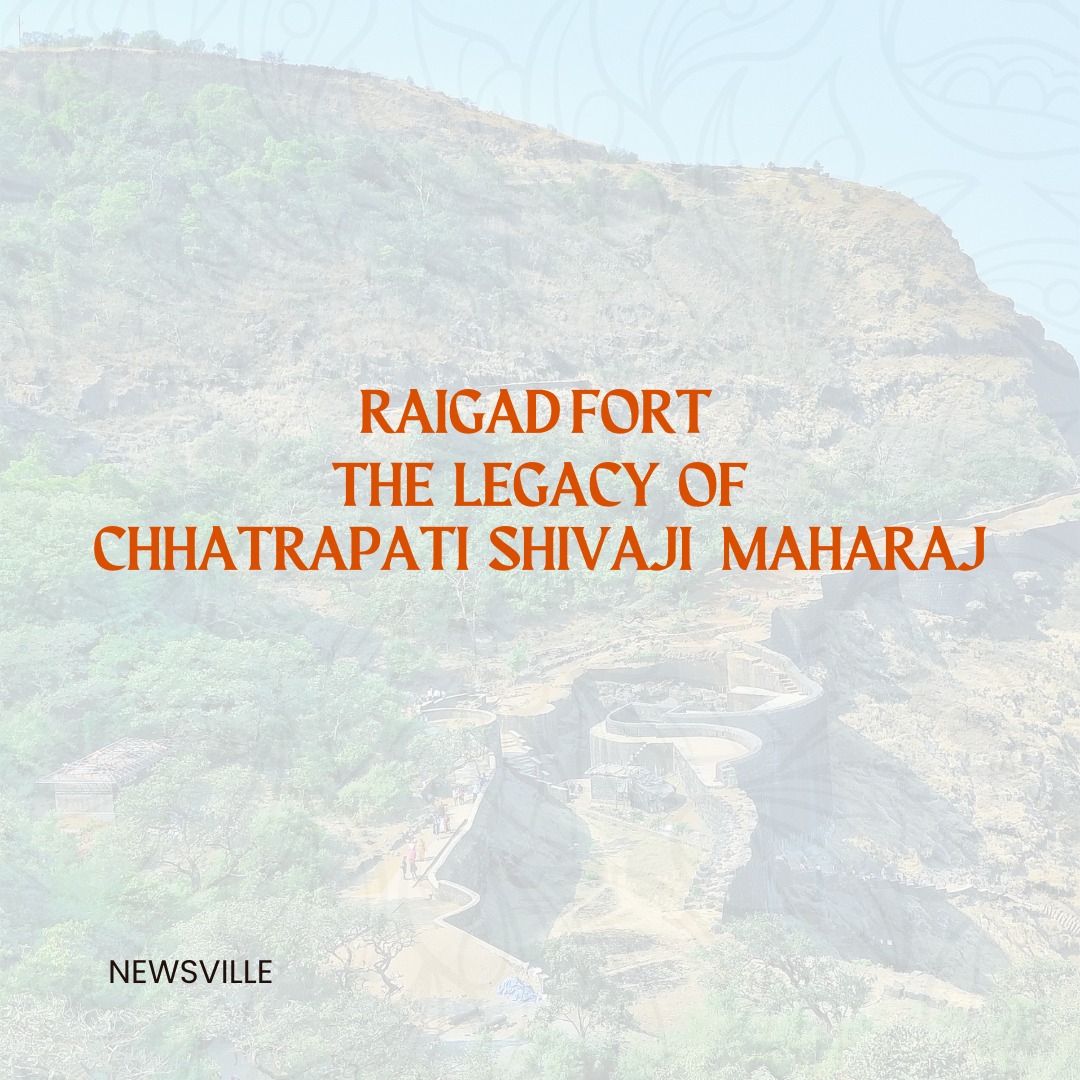Introduction to Raigad Fort
Raigad Fort is one of the most important historical sites in Maharashtra, India. It is situated in the Sahyadri mountain range, about 820 meters (2,700 feet) above sea level. The fort holds immense significance as it was the capital of the Maratha Empire under the rule of Chhatrapati Shivaji Maharaj. Known for its strong architecture, steep slopes, and strategic location, Raigad Fort stands as a symbol of pride, courage, and valiant history.
The fort is accessible via a trek of approximately 1,737 steps or by a ropeway that provides a scenic aerial view of the surrounding landscape. Tourists and history enthusiasts visit this site to witness the remnants of Maratha glory and the breathtaking views it offers. The fort is not only a place of historical significance but also a popular destination for adventure seekers and trekkers who wish to experience the legacy of Shivaji Maharaj firsthand.
Historical Significance of Raigad Fort
Raigad Fort was originally known as Rairi. In 1656, Chhatrapati Shivaji Maharaj captured the fort and transformed it into his capital in 1674, when he was coronated as the first Chhatrapati of the Maratha Empire. This fort became the political, administrative, and military headquarters of his kingdom. It was from here that Shivaji Maharaj executed several strategic military campaigns and expanded his empire.
The fort is known for its robust defense system, including strong walls, massive gates, and hidden escape routes. One of the most notable structures within the fort is the Maha Darwaja (Grand Entrance), which stands as a testament to Maratha engineering skills. The Jagadishwar Temple, Raj Bhavan (Royal Palace), and Samadhi of Shivaji Maharaj are other key attractions inside the fort. Raigad Fort continues to tell the story of Maratha bravery and resilience.
Architectural Marvels of Raigad Fort
The architecture of Raigad Fort is a blend of military strength and aesthetic appeal. It was designed to be an impenetrable fortress with its high-altitude location and steep cliffs acting as natural defenses. The Takmak Tok (Punishment Point) is a significant cliff from where criminals were thrown off as a punishment during Shivaji’s rule. The fort has numerous watchtowers, secret passages, and reservoirs that ensured its sustainability during long battles. The Rani Vasa (Queens’ quarters) and Raj Bhavan (Royal Palace) exhibit the luxury and strategic planning of the Maratha rulers.
The fort’s water supply system, which included large water tanks and wells, ensured a steady water supply throughout the year. Today, visitors can explore the remnants of these architectural wonders and admire the intelligence with which the fort was designed. The Raigad Ropeway, introduced to make the fort more accessible, allows tourists to experience the fort’s grandeur without the need for an arduous trek.
Tourism and How to Visit Raigad Fort
Raigad Fort is a popular tourist attraction, drawing thousands of visitors each year. The best time to visit is during the monsoon and winter months (June to February), when the weather is pleasant and the surrounding landscape is lush green. The fort is located approximately 140 km from Pune and 166 km from Mumbai, making it an ideal weekend getaway. Tourists can reach the base village, Pachad, by road and then either trek up the fort or take the ropeway. The fort is open to visitors from 8 AM to 6 PM, and an entry fee is required for the ropeway service.
Local guides are available to provide historical insights and take visitors through the fort’s significant locations. Besides history lovers, trekkers and nature enthusiasts also find Raigad Fort fascinating due to its challenging climb and stunning panoramic views of the Sahyadri mountains. A visit to Raigad Fort is not just about exploring ruins; it is about experiencing the rich heritage and valor of Chhatrapati Shivaji Maharaj’s reign. Whether you are a history buff, an adventure seeker, or someone looking for a peaceful retreat, Raigad Fort offers an unforgettable experience.

[…] independent and just society. Some of the significant historical places associated with him include Raigad Fort, Pratapgad Fort, Rajgad Fort, Sinhagad Fort, Torna Fort, Purandar Fort, Lohagad Fort, and […]